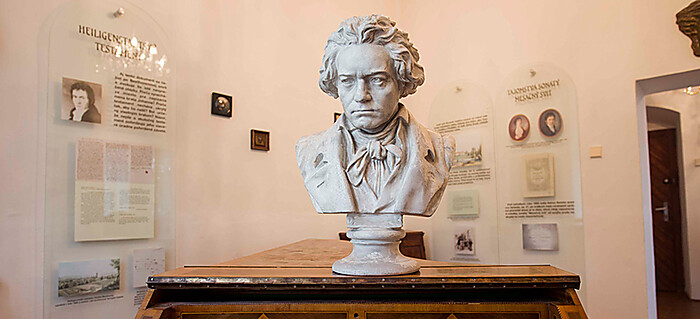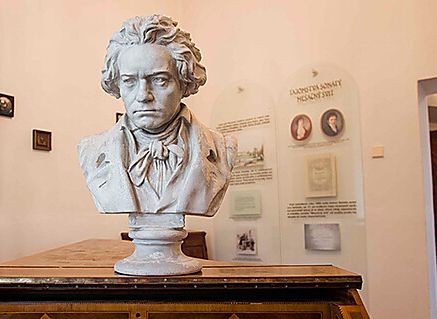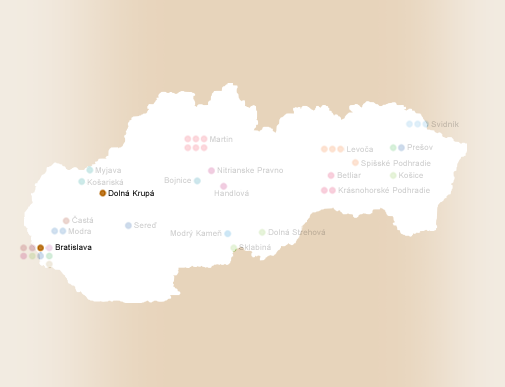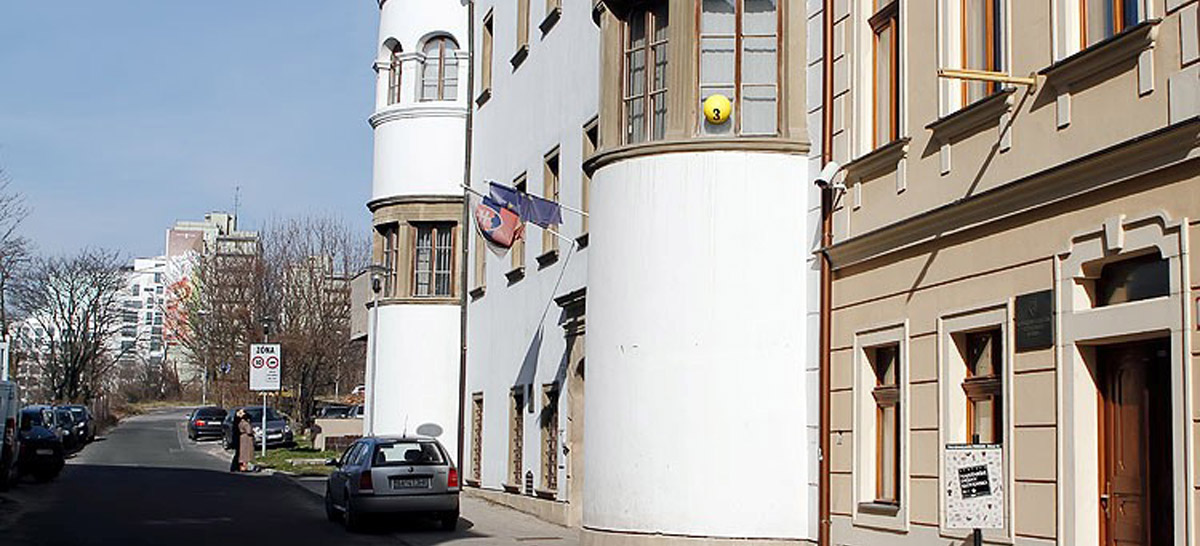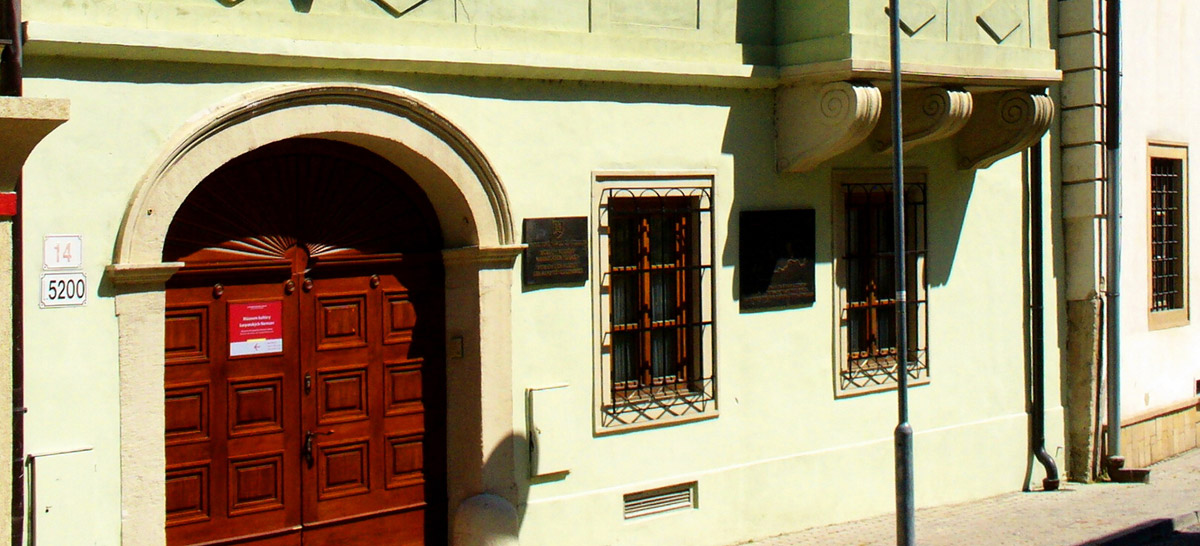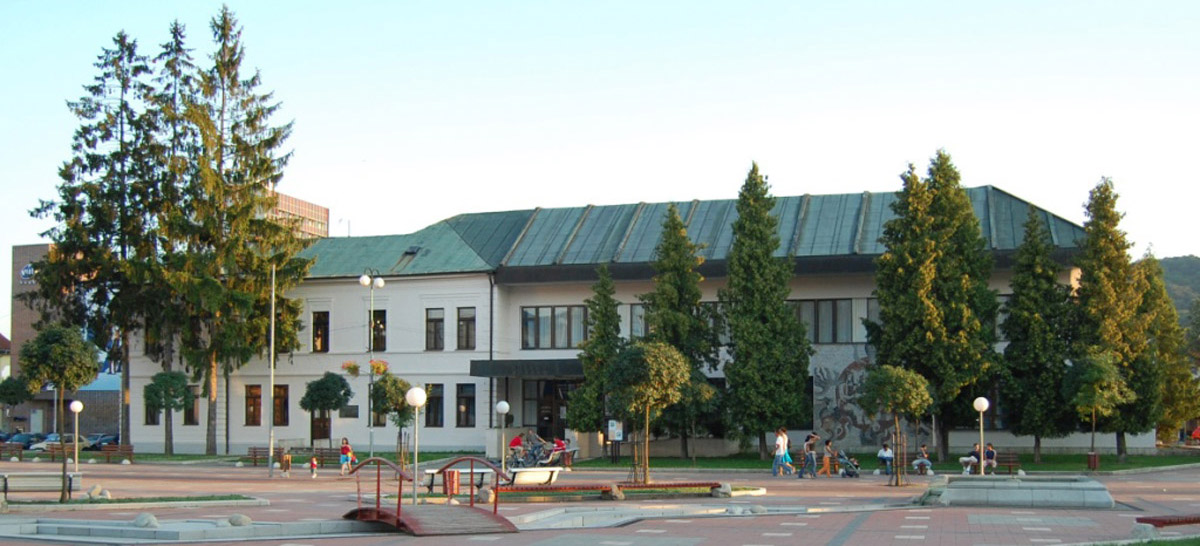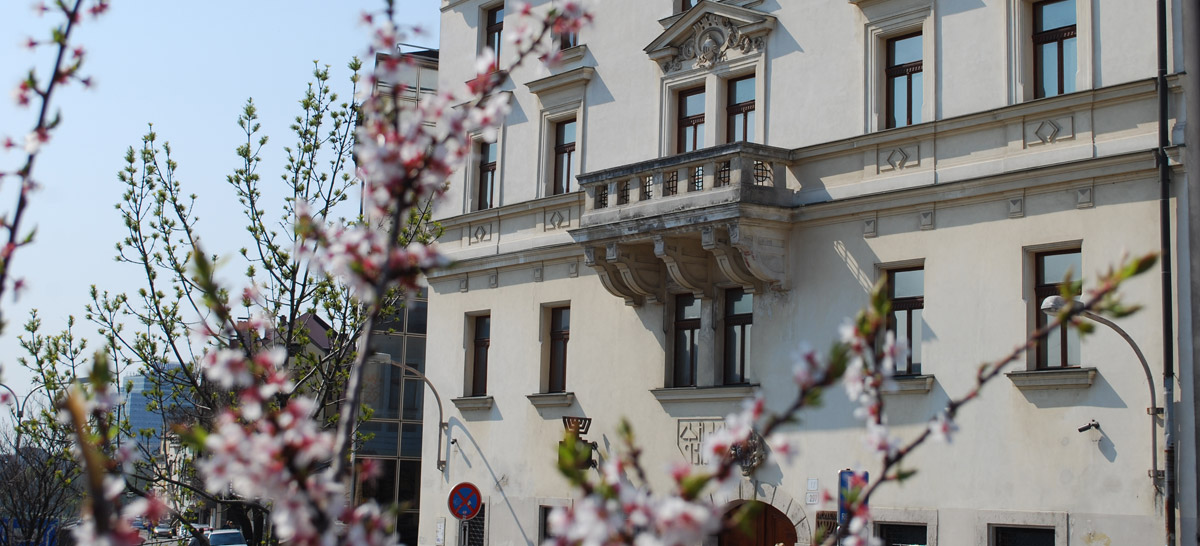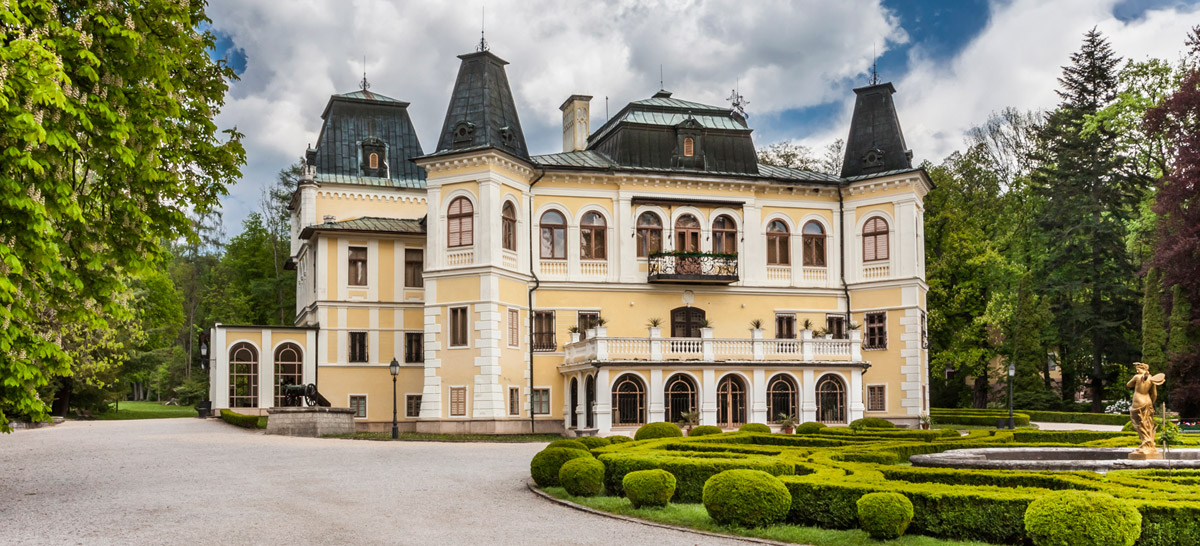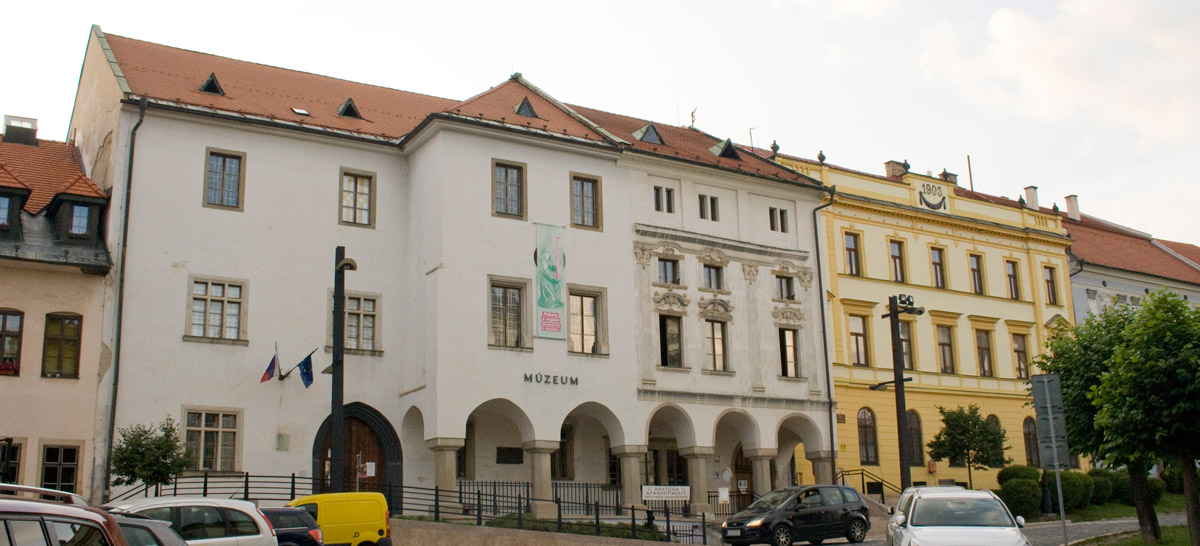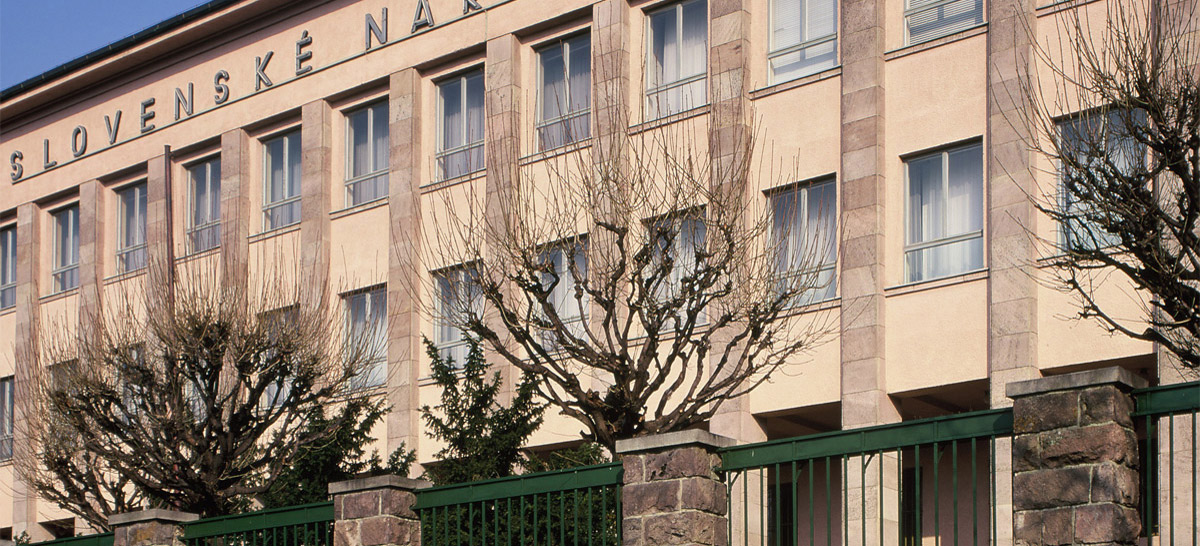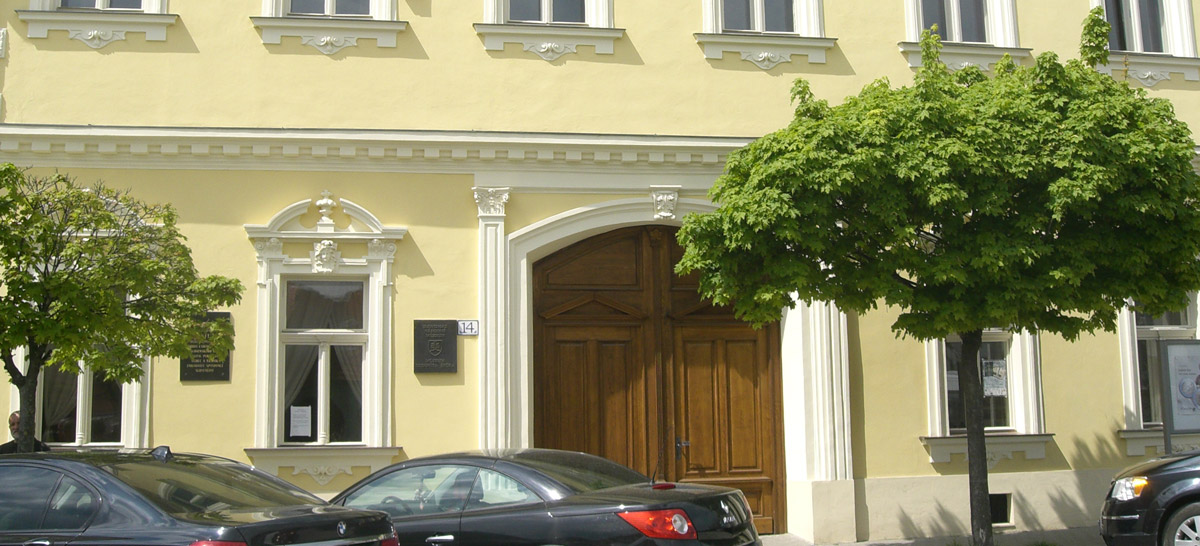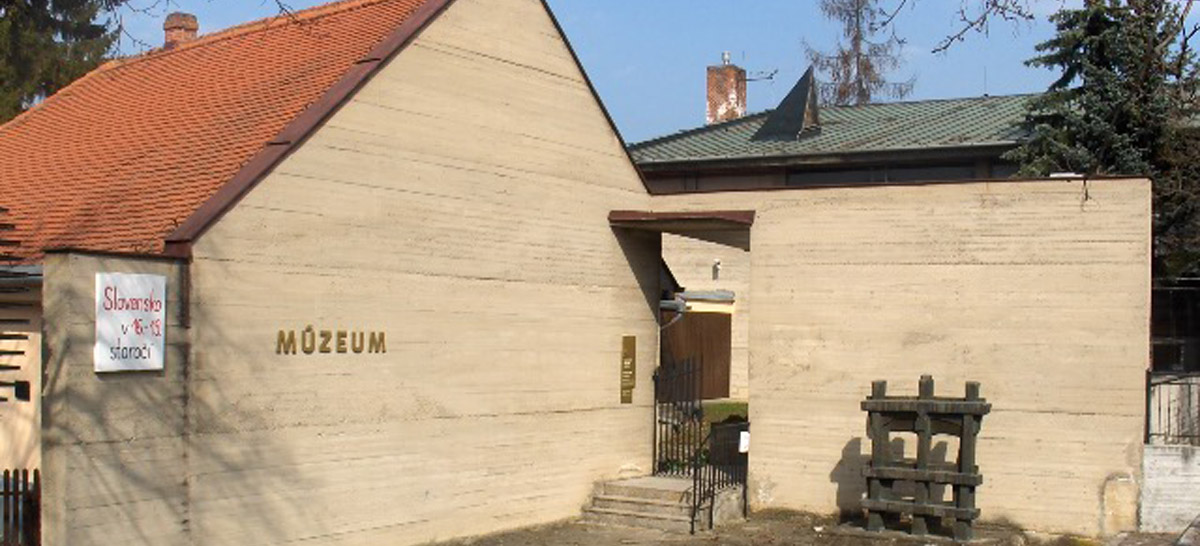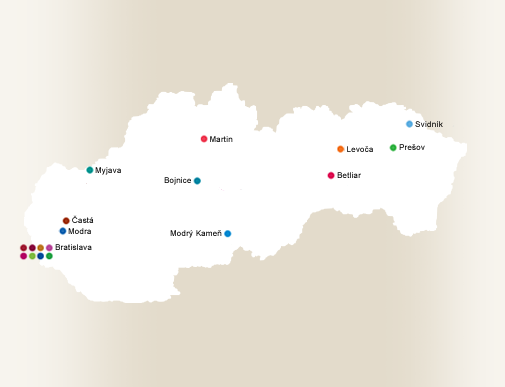Ludwig van Beethoven Memorial
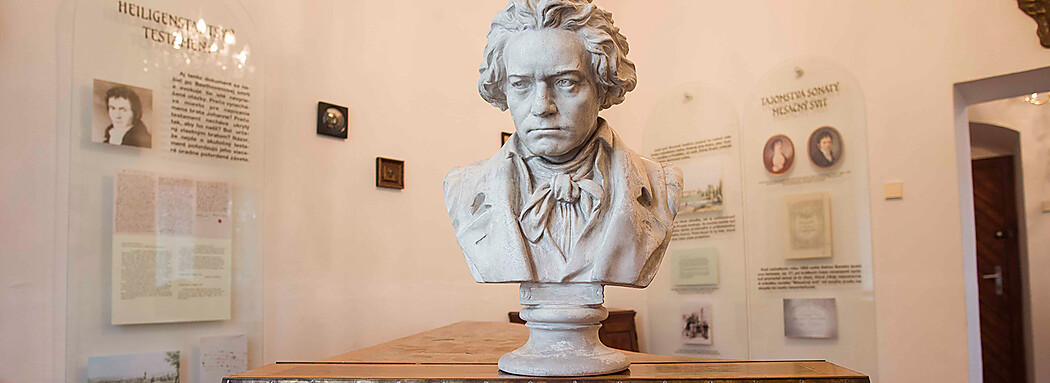
The permanent exposition entitled Life at the Manor House: The Brunsvik and Chotek Families at Dolná Krupá in the 18th up to the 20th Century, maps important facts connected with the life and activities of the owners of manor house. The panel exposition is based as much as possible on the latest archive research of the Brunsvik-Chotek collection (2008) which is deposited at the Slovak National Archives in Bratislava.
The exposition is divided into several sections which present the life and activities of the Brunsvik and Chotek families at Dolná Krupá. Part of the exposition deals with issues of the family seat in greater detail. The period documents cover the reconstructions of the manor house and its interior and exterior furnishing. Photographs related to the park comprise a substantial part of the exposition. The design of the park was significantly formed by two garden architects: Henrich Nebbien (1778 – 1841) and Anton Wynder, and the extensive correspondence between Count Brunsvik and Nebbien features the architect’s descriptions of the smallest details and his plans from the dendrological, technical, artistic and spiritual perspectives. The designers and owners carefully selected and recorded all of the trees and decorative plants in the park, as evidenced by the exhibited photographs and historical records from 1805 and 1806.
Part of the exposition documents the social and cultural life at the manor house, in particular, the famous collection of paintings and artistic objects. The Brunsvik family was interested in books and other printed materials, and the preserved lists of books and various personal documents (diplomas, school certificates, decorations) are a source of information about their intellectual life. The cultural life is documented by abundant written sources, such as the unconventional layout of the demolished theatre. Its significance is emphasized by the fact that although theatre productions were quite popular in Central Europe in the past, not every noble residence featured a separate theatre building. Interesting examples of correspondence include Henrietta Brunsvik’s letter to her father Joseph Brunsvik on October 23, 1812 from Buda. The information value of the letter is huge for the history of the estate in Dolná Krupá, as Henrietta mentions a theatre production which she attended in Buda and comments that the same production had previously been performed at the theatre at Dolná Krupá.
Designers of the exposition dedicated a separate section to musical life which is documented by examples of sheet music and period correspondence. Unfortunately, only several sheets of music from the relatively extensive collection of the Brunsvik family were preserved, which makes it difficult to learn about the extent and quality of the musical life there. The inheritance contains almost compositions for small groups at various level of completeness by such composers as Jan Křtitel Vaňhal (1739 – 1813), Ignaz Joseph Pleyel (1757 – 1831), Václav Himelpauer (? – 1772) and Giovanni Battista Viotti (1755 – 1824). Some of the sheet music can be seen as photographs at the exposition. Another valuable source of information about the social life of manor house from 1891 to 1914 is the visitor’s book from which several photographs are on display. Visitors included members of the noble Odescalchi-Erdödy, Lorant Odescalchi, Zichy, Pálffy families, as well as Blanche Béla, Marie and Jaromir Batznovsky, Jacqueline Pálffy, Károlyne Esterházy, Domonkos Széchenyi, Anka Taxis-Batthyány, Károly Esterházy, Count Rudolphus Erdödy, Luisa Erdödy, Mathilde Pálffy and Gyula Zichy. The period documented by the book of visitors is associated with hunting, a favourite activity of Rudolf II Chotek, the lord of the manor house. This is also documented by photographs of the original decorations of the rooms in the manor house with hunting trophies.

